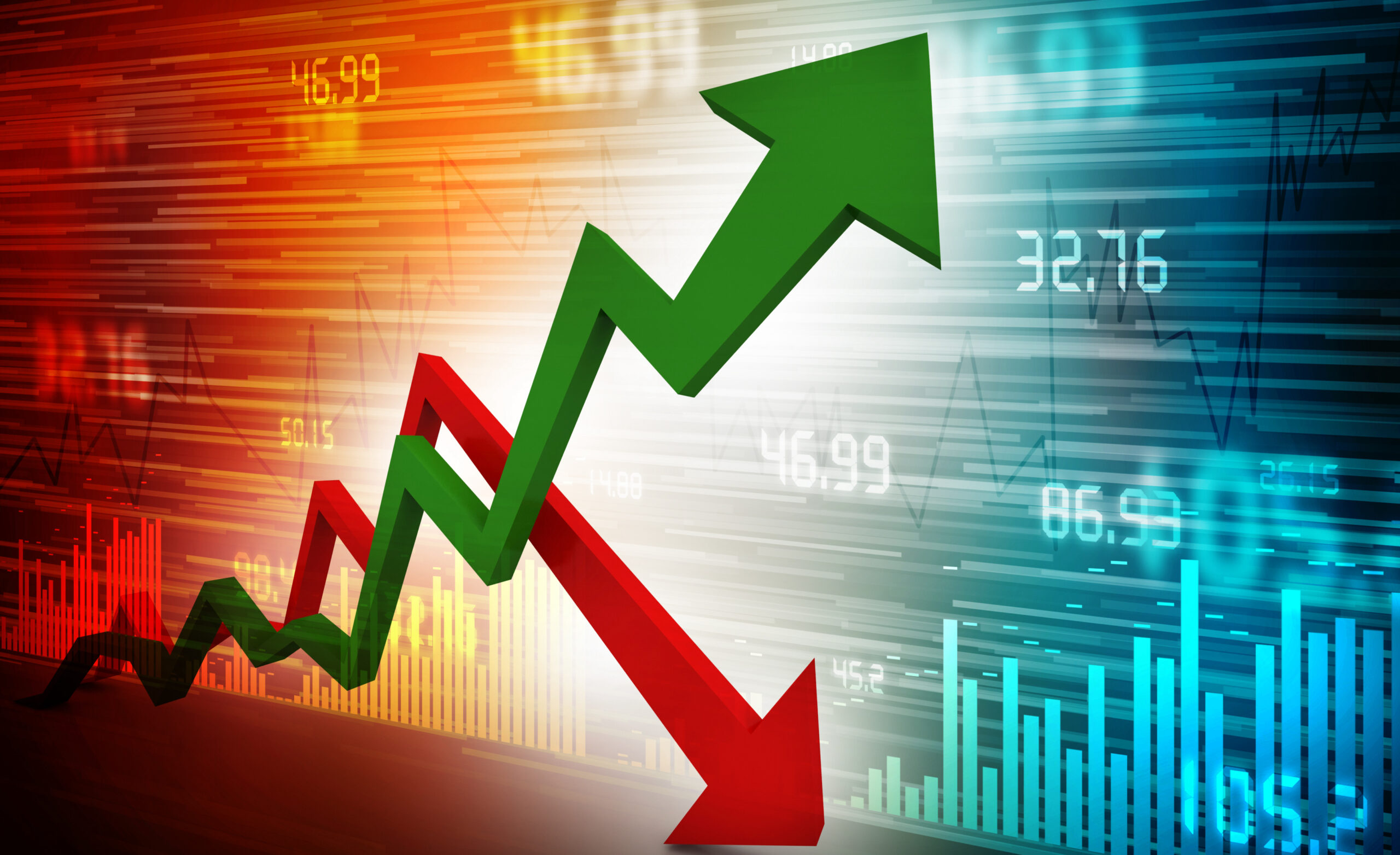With inflation soaring and stocks struggling this year, one may assume that the two depend on one another directly. High inflation means stagnating or dropping stock prices – it would be a simple explanation.
The relationship between inflation and stocks is far from simple, however. The first thing everyone must understand about this complex and nuanced relationship is that the markets don’t react directly to inflation.
The reaction of the market is the reaction of investors. And investors don’t react to inflation.
Investors react to what they think the Federal Reserve will do in response to inflation.
The Fed may decide to ignore inflation or counter it. If the inflation is low, the Fed may decide to stimulate the economy by encouraging inflation, and through it, the economic actors to allow the money to circulate more effectively.
The Fed’s actions have a direct and significant impact on the price of various stocks.
During March and April this year, inflation hit highs not seen since the 80s. What has the Fed done about it, and how have the Fed’s moves impacted the stock market?
Inflation and the Danger of Recession
Economic interventionism entails many dangers, and the same is true of the efforts of the Federal Reserve to manipulate inflation. After inflation had reached 8% in March and April, the Fed took a few tentative steps to slow it down. Rampant inflation can deal the economy a deadly blow.
The Fed’s inflation-taming moves were:
- Raising the benchmark interest rate by a quarter of a percentage point in April
- Raising the rate again by half a percentage point in May
- Hiking the interest rate by 0.75% in June
- Raising the rate by another 0.75% in July
Together, the four consecutive interest rate hikes happened against the backdrop of solid job gains, waning unemployment, and already rampant inflation.
One result of the rate hikes that was visible to everyone was that the USD achieved parity with the EUR for the first time since 2002. In that sense, Fed’s efforts to rein in inflation seem to yield the expected results.
Higher interest rates prompt people to hold on to their money and save instead of spending. Thus, the economic activity cools down. If the economy cools down too much, a recession occurs, as the other side of the economic disaster coin.
In addition to hiking the interest rate, the Fed has also unwound its balance sheet. Investors are now concerned that the cumulative effect of these moves may force the economy into recession, and a recession is bad news for stocks, economic actors, and individuals alike.
High Interest Rates Reduce Appetite for Risky Assets
The main goal of investors is to preserve their money and allow it to earn more as safely and quickly as possible. High interest rates turn savings accounts into attractive investments. And when presented with such an opportunity, many investors shun the riskier option of stocks.
In addition to stocks, other assets the public perceives as high-risk, such as cryptocurrencies, also suffer.
High interest rates make it more difficult and costly for organizations and individuals to borrow money. Unable to borrow, many of the companies whose stocks investors may buy will be unable to grow and add to the value of their stock.
Tech stocks are particularly risky and likely to only pay off in the future. As such, they have been doing poorly in a high interest rate economic environment.
Expected Profitability and Inflation
High inflation can hurt the expected profitability of companies and, thus, their stock price.
When inflation runs rampant, it inflates away the purchasing power of the public on the one hand and the profits of companies on the other.
With dwindling profit expectations, the stock price of companies also drops.
Stocks seem to do well right after inflation peaks. Does that mean that you should invest in stocks now?
Seasoned investors know that they need confirmation that inflation has reached its peak. A month should be enough to tell investors whether the high inflation trend has fizzled out. Once they gain that confirmation, many investors jump into stocks.
For stock investments, a 2%-4% inflation rate is a neutral area. When inflation goes up, fears accumulate. When it turns the corner and heads back down, it allays those fears, creating a buying opportunity.
